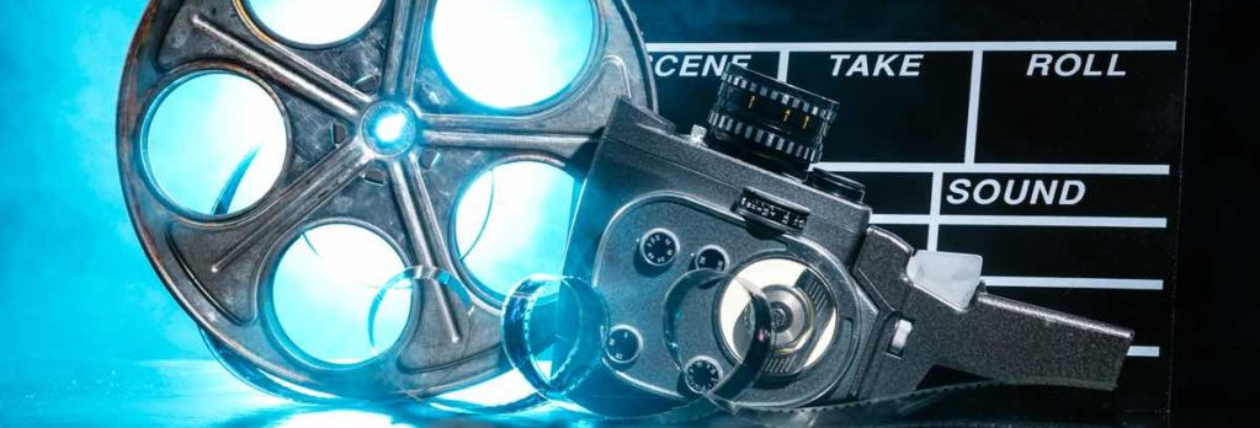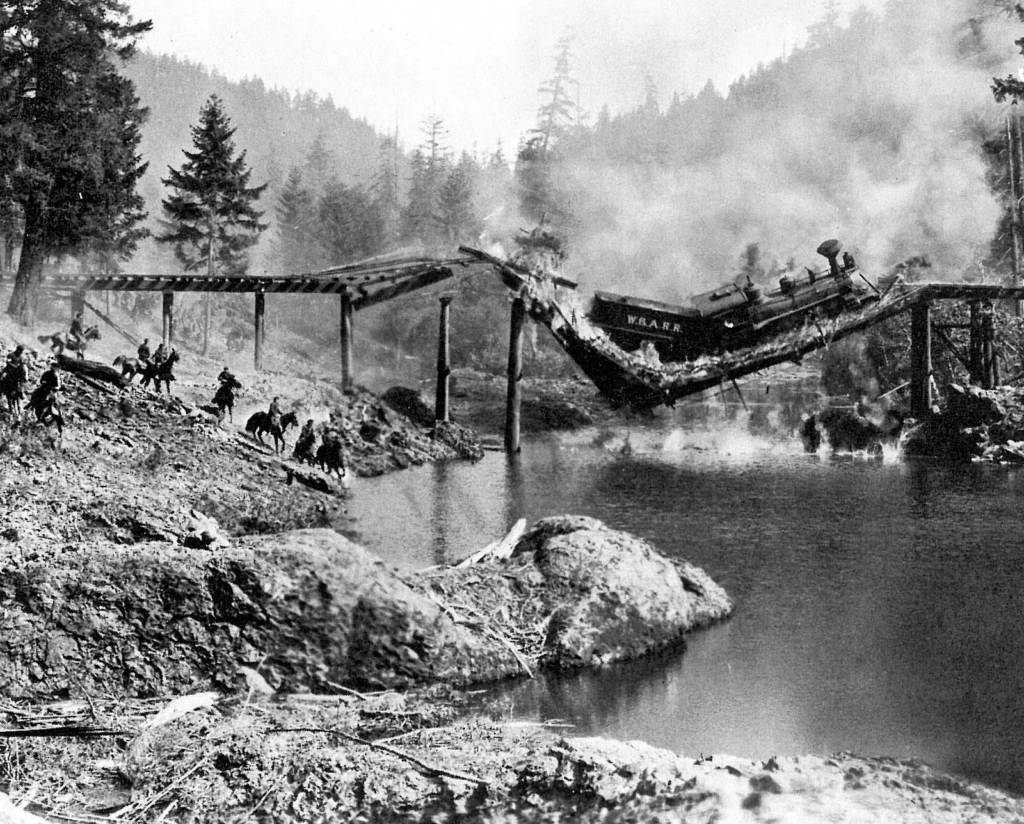According to Cousins, why did the hub of film production in the USA move from the East Coast of America to Hollywood?
Hollywood was an ideal place to produce movies since filmmakers couldn’t be sued there for infringing on motion picture film patents held by Thomas Edison and his Motion Picture Patents Company.
Which nation’s film industry does Cousin’s describe as “the best in the world” in the 1910’s and why?
During the First World War the film industries of Europe were devastated, and Hollywood replaced the French and Italian firms as the most popular film makers in the world.
Give an example of two films and two directors from this place and time cited by Cousin’s as remarkable.
Frankenstein – J. Searle Dawley
The Fugitive – D. W. Griffith























